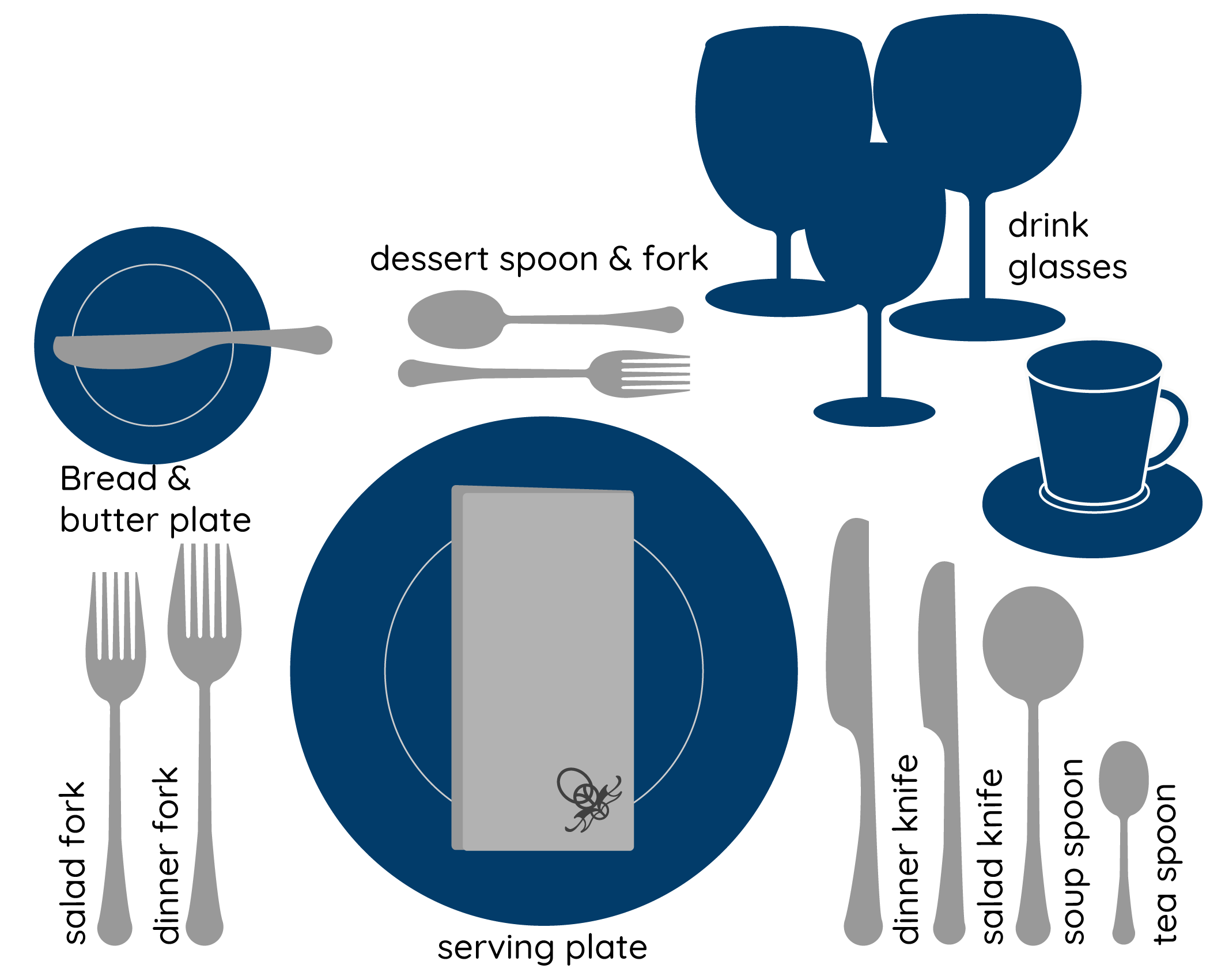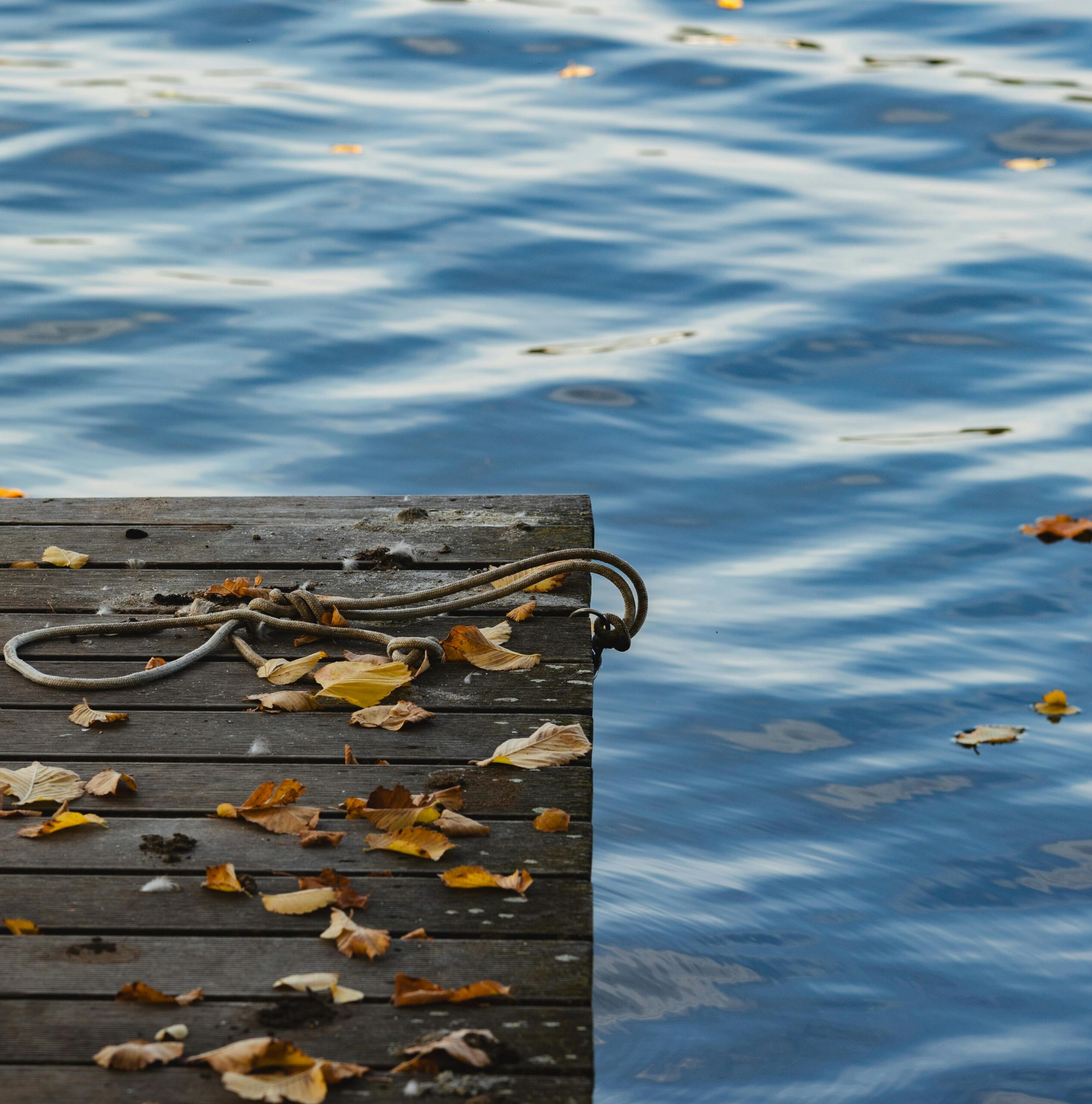![Featured image for “[Lake Anna Living] Fall Lawn Care at Lake Anna”](https://lakeanna.online/wp-content/uploads/2023/11/thebreeze-103-5.webp)
By Bill Siewart
Fall Lawn Care at Lake Anna
Autumn in the Lake Anna area is a season of transition, where the vibrant greens of summer yield to a rich tapestry of reds, oranges, and yellows. While the fall foliage is a sight to behold, it also brings a set of unique challenges and issues for gardeners and plant enthusiasts in the region. In this article, we’ll explore some common autumn plant issues in Central Virginia and offer guidance on how to address them.
Falling Leaves and Yard Maintenance
As autumn progresses, trees shed their leaves, creating a picturesque scene but also a yard maintenance challenge. Accumulated leaves can smother your lawn, blocking sunlight and air circulation. To combat this issue, regularly rake or mulch fallen leaves. Composting the leaves is an eco-friendly option, providing nutrient-rich material for future gardening.
Cooler Temperatures and Frost
Lake Anna experiences cooler temperatures in the fall, and frost becomes a concern. Tender plants and late-season vegetables are vulnerable to frost damage. Be prepared to cover susceptible plants with frost cloth or blankets overnight to protect them from freezing temperatures. Alternatively, consider moving potted plants indoors or into a sheltered area.
Pest Problems
Autumn often sees an uptick in pest activity as insects seek warmth and shelter before winter. Aphids, spider mites, and stink bugs can become problematic. Regularly inspect your plants for signs of infestation, such as distorted leaves, discoloration, or webs. Use organic pest control methods or consult with a local nursery for guidance on managing specific pest issues.
Disease Concerns
Cooler, damper weather in the fall can create conditions conducive to plant diseases. Common issues include fungal infections like powdery mildew and rust. To prevent these problems, avoid overwatering and ensure good air circulation between plants. If a disease is detected, promptly remove affected foliage and treat with appropriate fungicides.
Soil Care and Fertilization
Autumn is an ideal time to prepare your garden for the next growing season. Test your soil’s pH and nutrient levels and amend it as needed. Organic matter, compost, and well-rotted manure can improve soil quality. Consider applying a balanced slow-release fertilizer to promote root growth and overall plant health.
Plant Selection and Transition
In our area, autumn is an excellent time to plant certain trees, shrubs, and perennials. However, it’s crucial to choose species that are well-suited to the region’s climate and soil. Research native and cold-hardy plants that thrive in your area, and consult with local landscape designers for recommendations. Ensure proper planting techniques and regular watering to help new additions establish themselves before winter.
Weed Control
Weeds can remain active well into the fall, competing with your desirable plants for nutrients and space. Continue regular weeding to prevent weed seeds from taking root and spreading. Applying a layer of mulch can help suppress weed growth and maintain soil moisture.
Pruning and Maintenance
Fall is an excellent time for pruning deciduous trees and shrubs, as they enter dormancy. Remove dead or diseased branches and shape your plants as needed. Be cautious not to prune too late in the season, as it can stimulate new growth that may not withstand winter’s chill.
Lawn Care
For a lush, green lawn in the spring, autumn lawn care is essential. Aerate your lawn to alleviate soil compaction and overseed to fill in bare patches. Fertilize with a balanced, slow-release fertilizer formulated for fall application. Keep mowing as needed until the grass stops growing.
At Lake Anna, autumn presents both challenges and opportunities for gardeners. By addressing these common plant issues and taking proactive measures, you can help your garden thrive through the fall season and prepare it for the colder months ahead. Embrace the changing colors of autumn while tending to your garden, and you’ll reap the rewards of a healthy and vibrant landscape in the seasons to come.
Subscribe for Updates
Sponsors
latest articles
The Cove Holds Steady to ‘Lake Time’ Amidst Local Development Boom

Formally Setting Your Holiday Table

Beans or No Beans? Types of Chili & it’s Unexpected Origin

Fall Dock Projects: Jumpstart Your Next Fall Season

Nostalgia Inspired Holiday Decor

Family Selfies
By Bill Siewart
Fall Lawn Care at Lake Anna
Autumn in the Lake Anna area is a season of transition, where the vibrant greens of summer yield to a rich tapestry of reds, oranges, and yellows. While the fall foliage is a sight to behold, it also brings a set of unique challenges and issues for gardeners and plant enthusiasts in the region. In this article, we’ll explore some common autumn plant issues in Central Virginia and offer guidance on how to address them.
Falling Leaves and Yard Maintenance
As autumn progresses, trees shed their leaves, creating a picturesque scene but also a yard maintenance challenge. Accumulated leaves can smother your lawn, blocking sunlight and air circulation. To combat this issue, regularly rake or mulch fallen leaves. Composting the leaves is an eco-friendly option, providing nutrient-rich material for future gardening.
Cooler Temperatures and Frost
Lake Anna experiences cooler temperatures in the fall, and frost becomes a concern. Tender plants and late-season vegetables are vulnerable to frost damage. Be prepared to cover susceptible plants with frost cloth or blankets overnight to protect them from freezing temperatures. Alternatively, consider moving potted plants indoors or into a sheltered area.
Pest Problems
Autumn often sees an uptick in pest activity as insects seek warmth and shelter before winter. Aphids, spider mites, and stink bugs can become problematic. Regularly inspect your plants for signs of infestation, such as distorted leaves, discoloration, or webs. Use organic pest control methods or consult with a local nursery for guidance on managing specific pest issues.
Disease Concerns
Cooler, damper weather in the fall can create conditions conducive to plant diseases. Common issues include fungal infections like powdery mildew and rust. To prevent these problems, avoid overwatering and ensure good air circulation between plants. If a disease is detected, promptly remove affected foliage and treat with appropriate fungicides.
Soil Care and Fertilization
Autumn is an ideal time to prepare your garden for the next growing season. Test your soil’s pH and nutrient levels and amend it as needed. Organic matter, compost, and well-rotted manure can improve soil quality. Consider applying a balanced slow-release fertilizer to promote root growth and overall plant health.
Plant Selection and Transition
In our area, autumn is an excellent time to plant certain trees, shrubs, and perennials. However, it’s crucial to choose species that are well-suited to the region’s climate and soil. Research native and cold-hardy plants that thrive in your area, and consult with local landscape designers for recommendations. Ensure proper planting techniques and regular watering to help new additions establish themselves before winter.
Weed Control
Weeds can remain active well into the fall, competing with your desirable plants for nutrients and space. Continue regular weeding to prevent weed seeds from taking root and spreading. Applying a layer of mulch can help suppress weed growth and maintain soil moisture.
Pruning and Maintenance
Fall is an excellent time for pruning deciduous trees and shrubs, as they enter dormancy. Remove dead or diseased branches and shape your plants as needed. Be cautious not to prune too late in the season, as it can stimulate new growth that may not withstand winter’s chill.
Lawn Care
For a lush, green lawn in the spring, autumn lawn care is essential. Aerate your lawn to alleviate soil compaction and overseed to fill in bare patches. Fertilize with a balanced, slow-release fertilizer formulated for fall application. Keep mowing as needed until the grass stops growing.
At Lake Anna, autumn presents both challenges and opportunities for gardeners. By addressing these common plant issues and taking proactive measures, you can help your garden thrive through the fall season and prepare it for the colder months ahead. Embrace the changing colors of autumn while tending to your garden, and you’ll reap the rewards of a healthy and vibrant landscape in the seasons to come.
Subscribe for Updates
Sponsors
latest articles
The Cove Holds Steady to ‘Lake Time’ Amidst Local Development Boom

Formally Setting Your Holiday Table

Beans or No Beans? Types of Chili & it’s Unexpected Origin

Fall Dock Projects: Jumpstart Your Next Fall Season

Nostalgia Inspired Holiday Decor

Family Selfies

The Cove Holds Steady to ‘Lake Time’ Amidst Local Development Boom
Article By Jen Bailey







